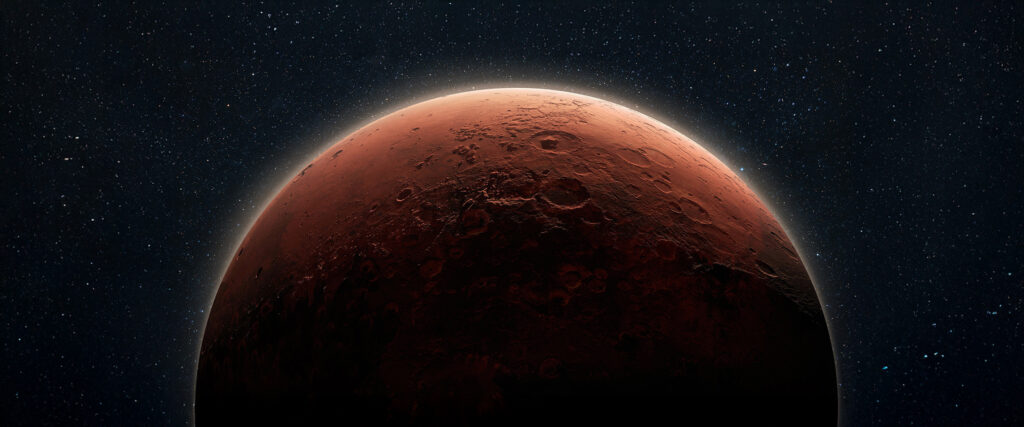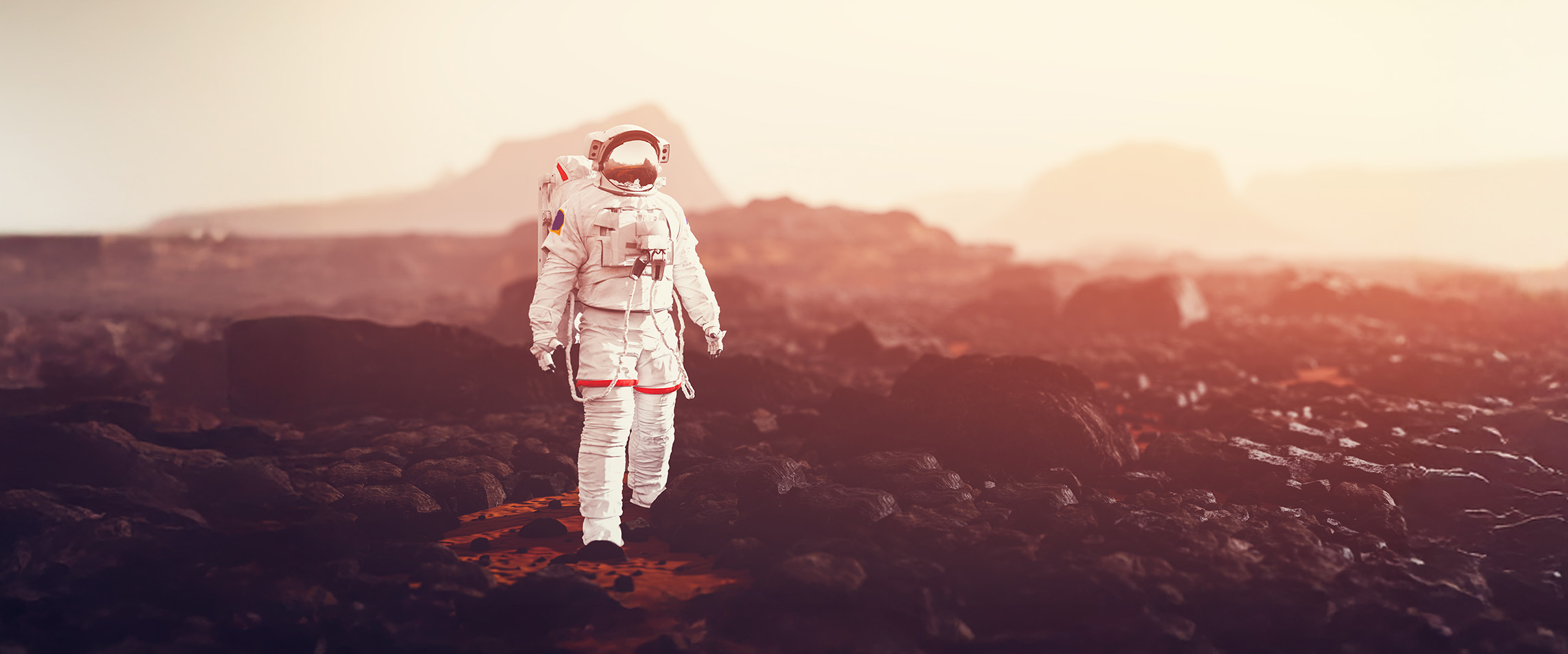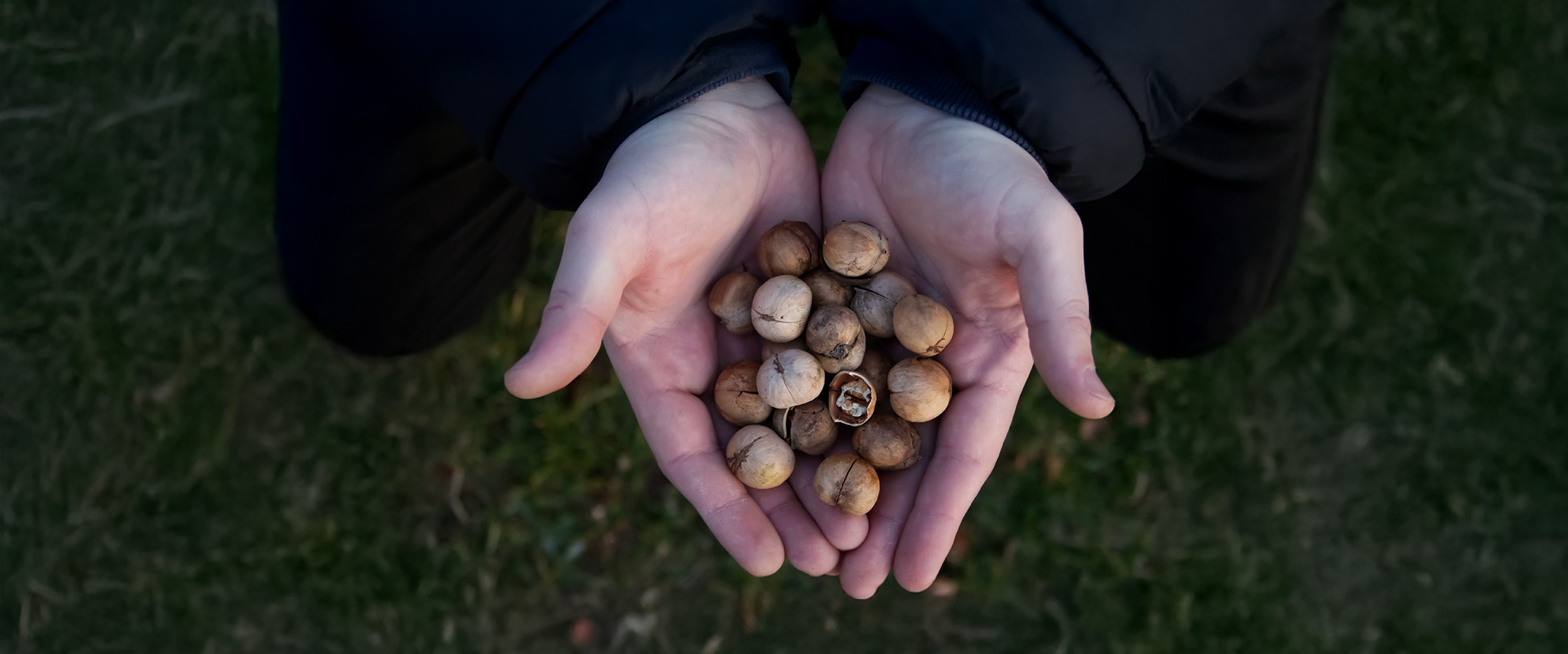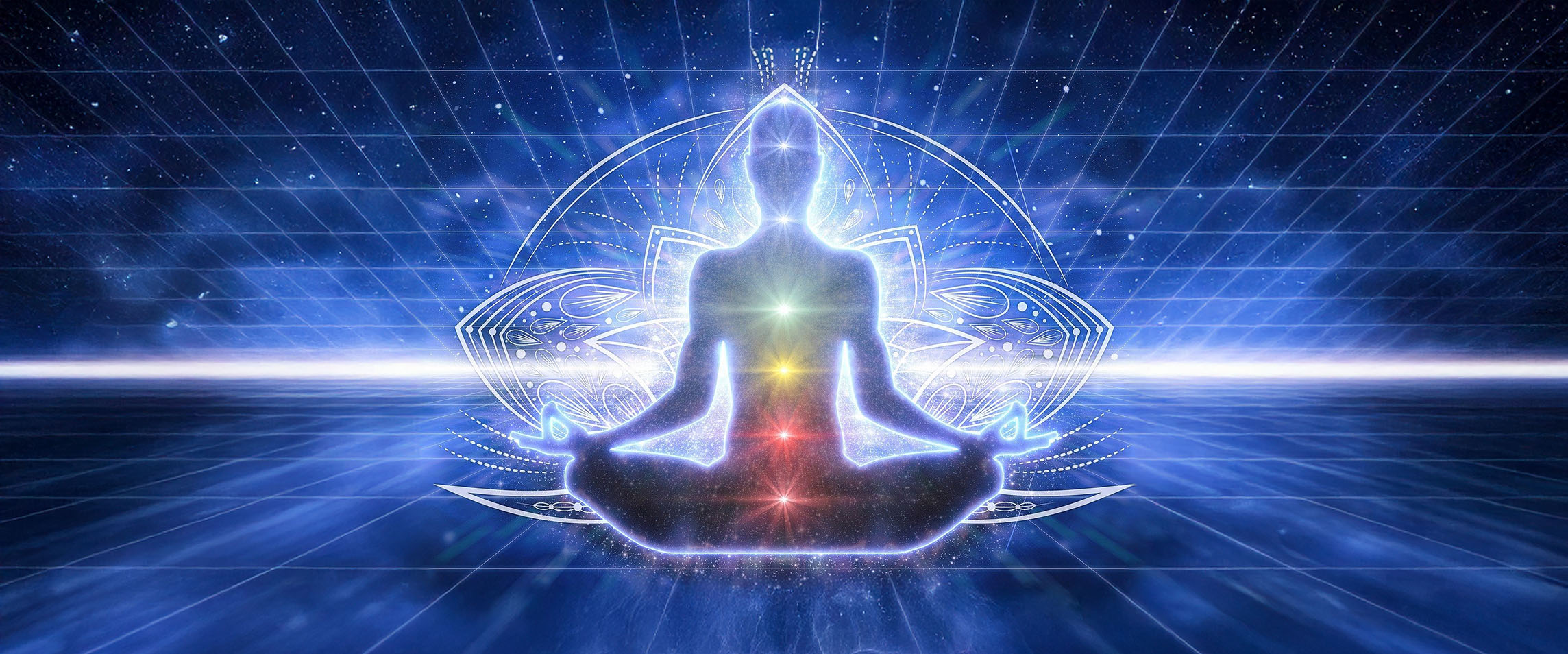The red dust has called to us for centuries. From ancient stargazers to modern scientists, Mars has captivated the imagination like no other world in our solar system. And now, in this decade, we are closer than ever before to turning science fiction into human footsteps on the Martian soil.
In every vision of a Martian mission, the red planet’s biggest challenge isn’t propulsion or life support—it’s radiation. Unlike Earth, Mars lacks a protective magnetic field and boasts only a thin atmosphere. That means astronauts journeying there are exposed to harsher cosmic rays and solar particles than any humans have ever faced. The Curiosity rover’s Radiation Assessment Detector recorded that travelers may experience an average dose rate of around 1.8 mSv per day during the trip, with surface exposure approximately 0.64 mSv daily. Over a 960‑day mission, that accumulation edges close to a sievert—a level associated with a significant rise in cancer risk. NASA’s lifetime radiation limit for astronauts sits around 1 Sv, tied to a 5 percent increase in fatal cancer risk.
These findings aren’t based on speculation—they reflect real data. Measurements show that six‑month missions to the ISS result in roughly 72 mSv exposure, while a Mars trek could push that total beyond 1,000 mSv as planetary radiation joins interplanetary space’s omnipresent galactic cosmic rays. That raises a sharp question: Is Mars simply too dangerous?

Engineers and scientists say the answer is ‘not if we prepare.’ Shielding strategies are drawing from both Earth-bound research and deep-space experimentation. Theoretical models using simulated Martian radiation demonstrate that hydrogen-rich materials—like polyethylene and even Martian regolith—can significantly reduce exposure.
Even so, passive shields may not be enough during solar particle events—sudden bursts of high-energy protons from the Sun. That’s why mission designs include ‘storm shelters,’ small compartments within spacecraft or habitats where astronauts can take refuge during solar flare peaks. Underground shelters within lava tunnels on Mars are also being studied. Known formations in Hellas Planitia and Hadriacus Mons may serve as natural radiation shields, allowing settlers to work and live beneath the surface safely.
Beyond shielding, the conversation includes genetic, nutritional, and pharmaceutical interventions. Some researchers believe that mitochondrial supplements or DNA repair therapies could blunt the cellular damage incurred by radiation. Experiments on astronaut analogs—like those in the New Yorker article tracing Scott Kelly’s year in space—find that protecting mitochondria can significantly boost resistance to cosmic stress.








